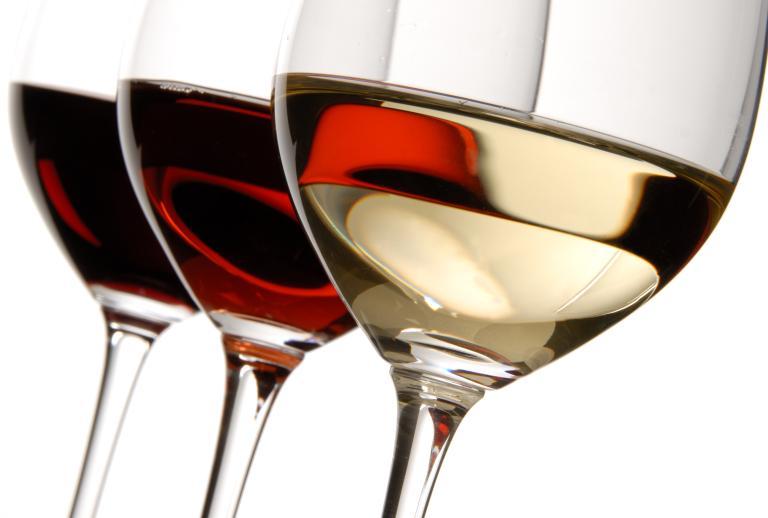
Food Safety
AlerTox™ Accurately Detects Allergenic Wine Fining Agents
Winemakers routinely add certain proteins to wines to remove cloudiness, reduce tannins and eliminate off-flavors. Many of these proteins, including casein, lysozyme and ovalbumin, are allergenic and must be removed before making the wines available for purchase.
Current processes involve the chemical precipitation of the added protein (called “finings”) upon contact with the chemicals causing issues in wines. The precipitation turns them into a solid form that settles on the bottom of the vessel for easy filtering. But some regulations, such as the European Union, require a demonstration that there are no allergens present in the final product, and certain labeling rules would require manufacturers to declare the presence of these allergens, which could significantly affect product sales, even if the allergen were no longer present.
The International Organization for Vine and Wine (OIV) has determined that the methods used to detect residues of these allergenic proteins must be able to detect as little as 0.5 ppm (0.5 mg/L) of each protein.
Proficiency testing (PT) is a way to compare the performance of detection kits on equal terms. PT rounds are organized by independent organizations. They send out the same samples to all participants, collect their results, analyze the data and produce reports that are made public. In these reports, samples are assigned a consensus allergen level (in ppm). In this way, participants can compare how well their kits have performed in detecting the correct amount of allergen. Results are not retractable.
Hygiena's allergen kit division in Seville, Spain, recently participated in a PT round organized by BIPEA with its AlerTox™ casein, lysozyme and ovalbumin ELISA tests in white wine. This test involved using the AlerTox ELISA kits to determine the presence of the three proteins (which come from milk and eggs) in spiked white wine samples. Hygiena submitted laboratory testing results on its AlerTox tests for these three proteins.
The BIPEA test procedure involved comparison to accepted ranges of values. The way the results are classified as “satisfactory” or “not satisfactory” is by means of statistical analysis and the creation of a z-score. The z-score is calculated for each result and scored as “satisfactory” if it ranges from -2 to +2. As seen from the table below, the three tests came well within the acceptable value. The casein sample, after being tested with AlerTox ELISA Casein, gave a result below the test's limit of quantification (LQ). The consensus was “Not detected”.
The BIPEA report shows that the three kits work well in detecting the possible presence of the allergenic proteins casein, lysozyme and ovalbumin in white wines. Further testing is currently being conducted for red and rose wines.
The AlerTox ELISA Ovalbumin and AlerTox ELISA Lysozyme are highly sensitive kits for the detection the ovalbumin and lysozyme quantification residues in wine. AlerTox ELISA Casein is a highly sensitive kit for the detection of casein. ELISA is one of three types of analysis techniques used: the others are PCR and mass spectrometry (MS). ELISA is the fastest and least expensive of the techniques and requires the least amount of technical expertise. The BIPEA tests show that the level of detection from ELISA is acceptable to regulatory limits and limits of quantification (LQ). Furthermore, the three of them are OIV conforming, since their quantification limits are below 0.5 ppm.
BIPEA is a European non-profit organization located in France. Gathering nearly 2500 laboratories in the world (throughout 120 countries), it offers more than 150 regular proficiency testing programs. When it was created, BIPEA counted 60 laboratories and provided 8 proficiency testing programs in the fields of grains and milling. In the early 1990s, BIPEA decided to launch proficiency testing programs in the fields of agri-food and contaminant(s). PT programs in the field of Environment have been created in the end of the 1990s. In 2009, BIPEA innovated through the creation of PT programs in the field of cosmetics, especially sunscreen products. BIPEA has also been expanding internationally, increasing the number of participants in its PT programs.


